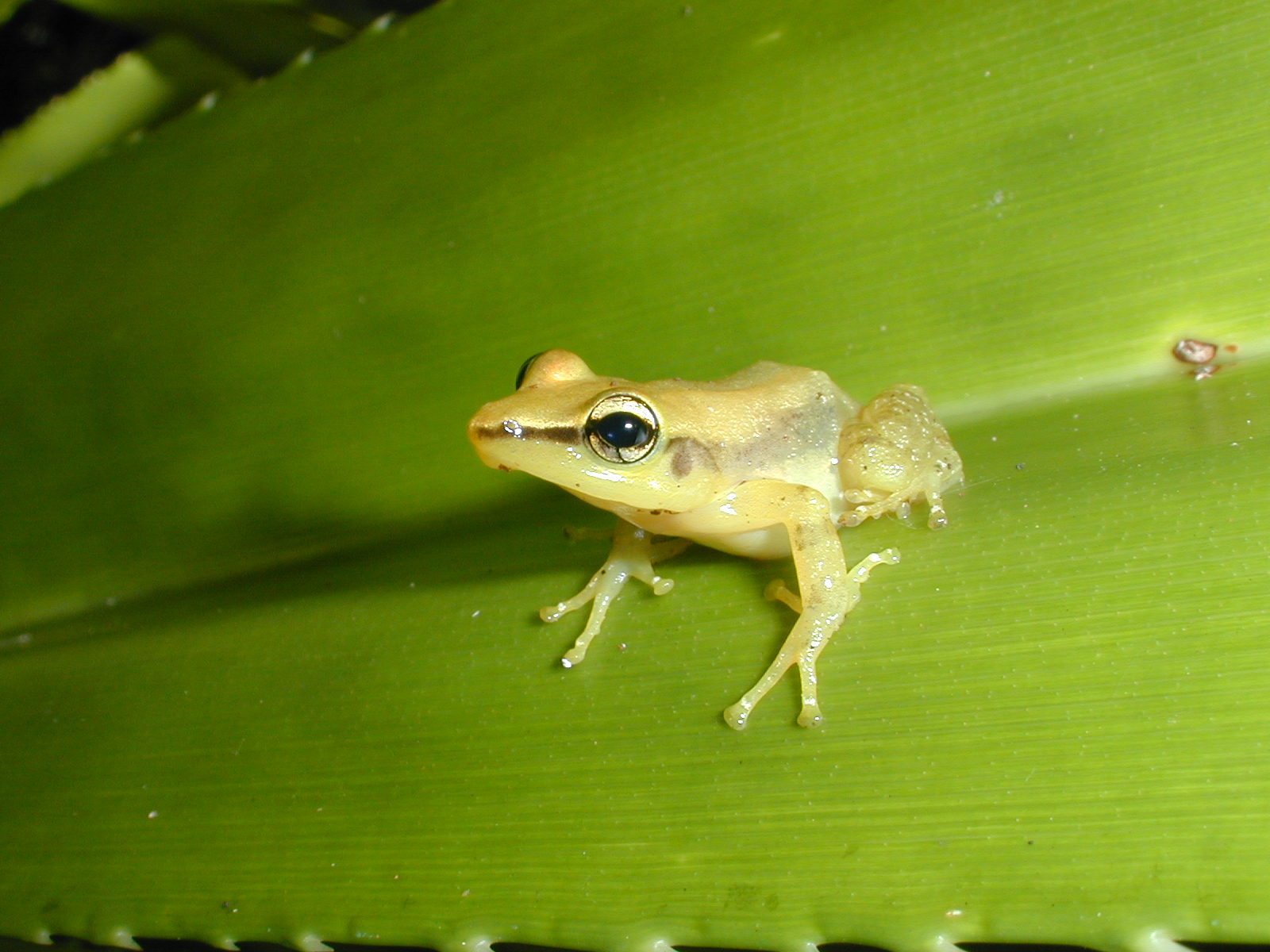About ten years ago, I started a project with a few students to assess to conservation status of Blanchard’s cricket frog (Acris blanchardi) in the state of Ohio. The last large scale assessment of the distribution and abundance of this formerly common species was published in 1946. So, a detailed examination of its current situation was needed, especially since this species had declined precipitously in other areas.
My students and I collected field data over five summers (2004-2008) and an analysis of our findings has recently appeared in the journal Herpetological Conservation and Biology co-authored by Wooster alum Jim Witter (‘07). This work was made possible by the hard work of many other Wooster students and colleagues (Ken Fry, Danielle Lightle, Allen Skinner, Erica Kovacik, Derek Schook, Elizabeth Wojtowicz, Nate Busman, Steven Bouyack, Andrew Kordalski, Claire Paisley-Jones, Michael MacDonald, Carolyn Cahill and Gerardo Carfagno) and by funding from the Ohio Department of Natural Resources, the Henry Luce Foundation and the College of Wooster. The dataset involves results from a total of 1,807 listening surveys conducted in western Ohio during those five summers. Each survey took ~ 15 minutes, so that means we collectively spent about 450 hours listening for frogs! It’s really fun at first but after a few weeks, the novelty does wear off a bit. To my knowledge, this is the most extensive monitoring project ever conducted specifically for Blanchard’s cricket frog.

Our results suggest that Blanchard’s cricket frogs have declined substantially in Ohio, but presently they are relatively stable. We even found some evidence for eastward expansion (recovery). So, we are cautiously optimistic about the future of this species in Ohio. But what has happened out there since 2008? We have no idea. Future monitoring efforts will be necessary to answer this question.
